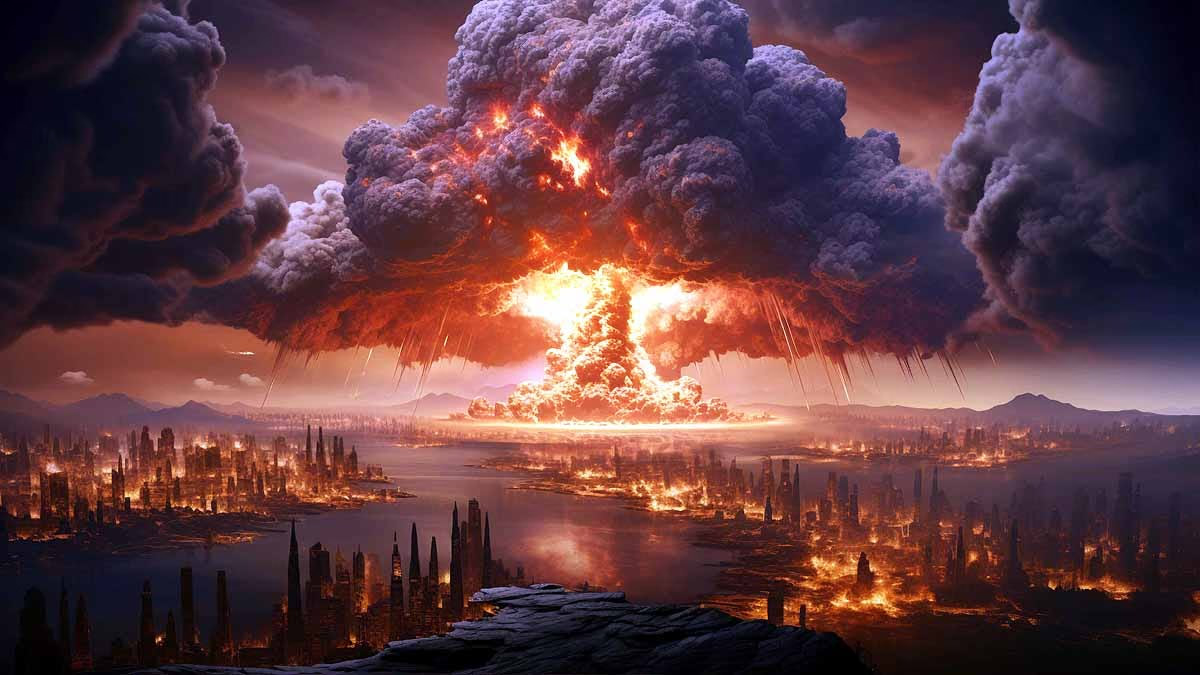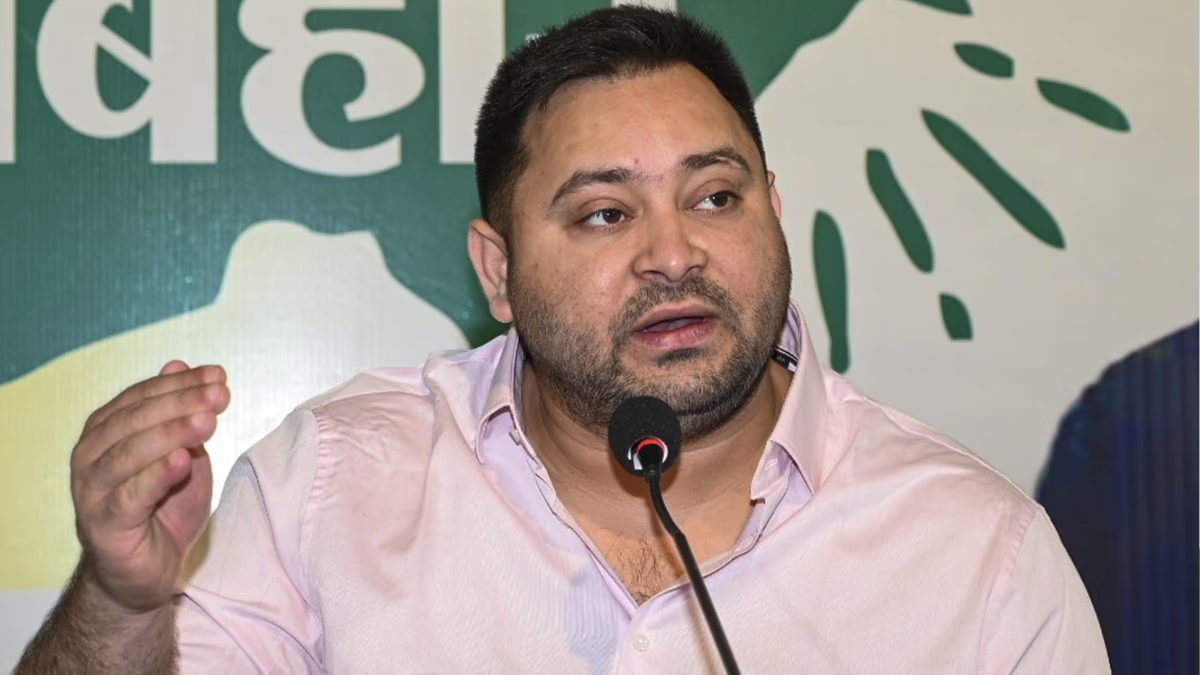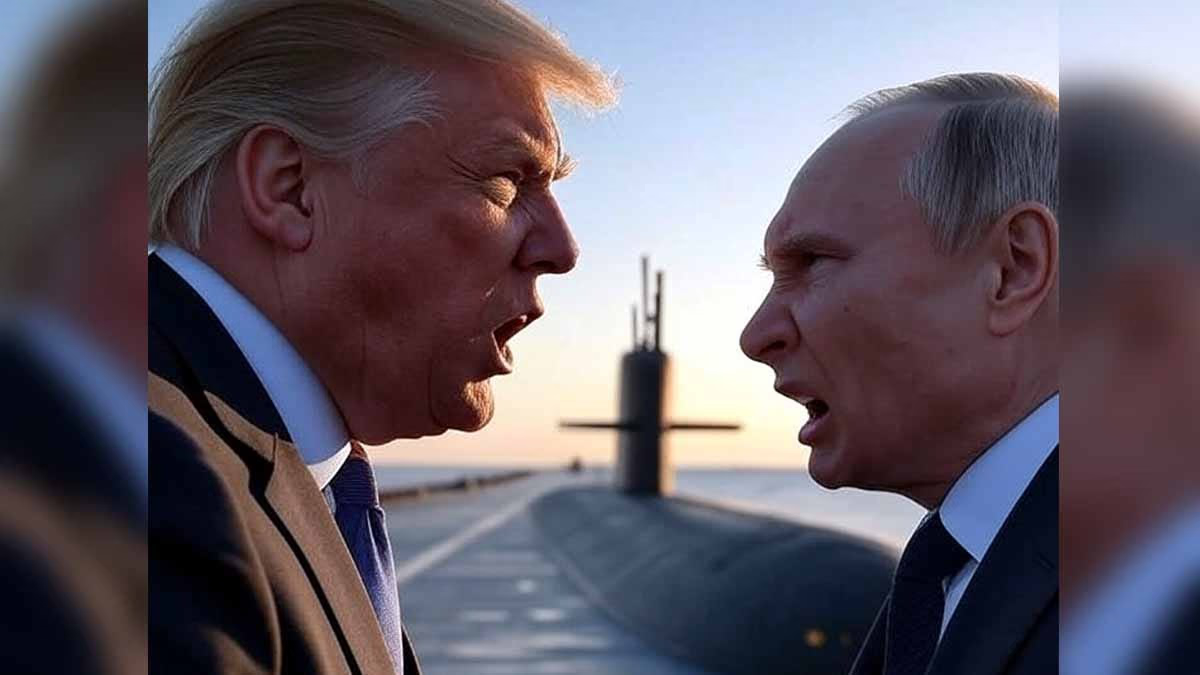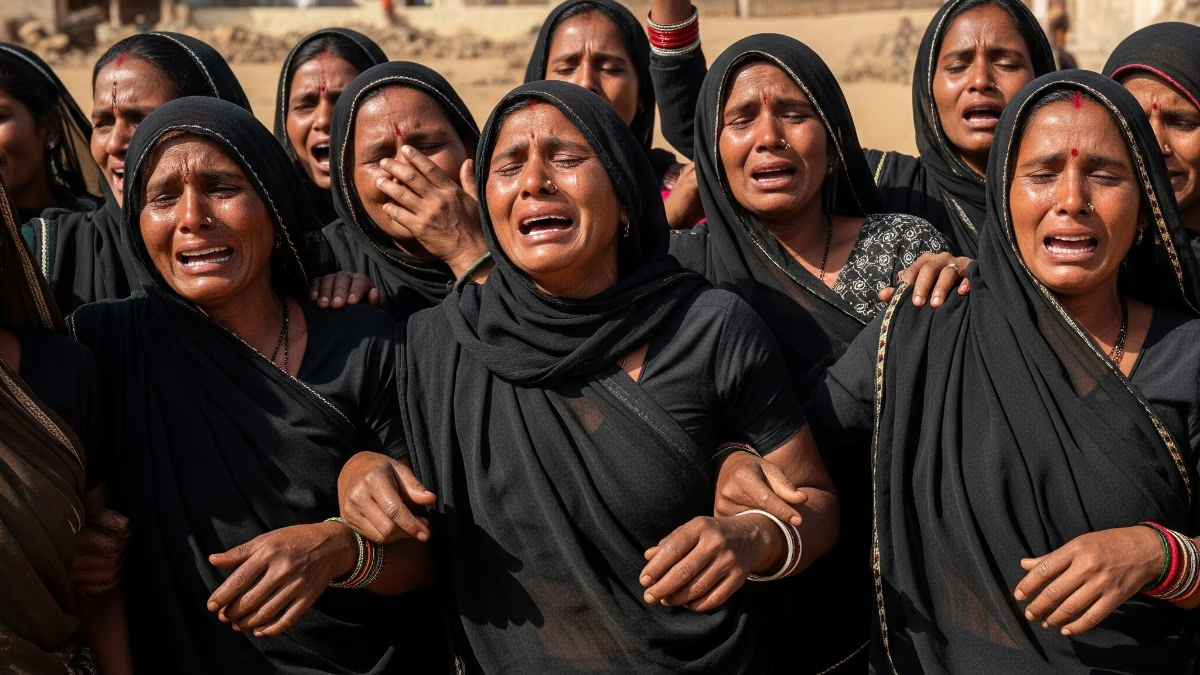Tensions are escalating between Russia and the USA, especially after the Ukraine conflict and submarine deployments. These two powerhouses hold the world's largest nuclear stockpiles that could cause immense destruction. Let's explore the strength of their arsenals. In the event of a nuclear war, who stands a chance?
How many weapons do Russia and the USA possess?
Combined, these two nations hold most of the world's nuclear weapons. Recent estimates suggest...
Read more:
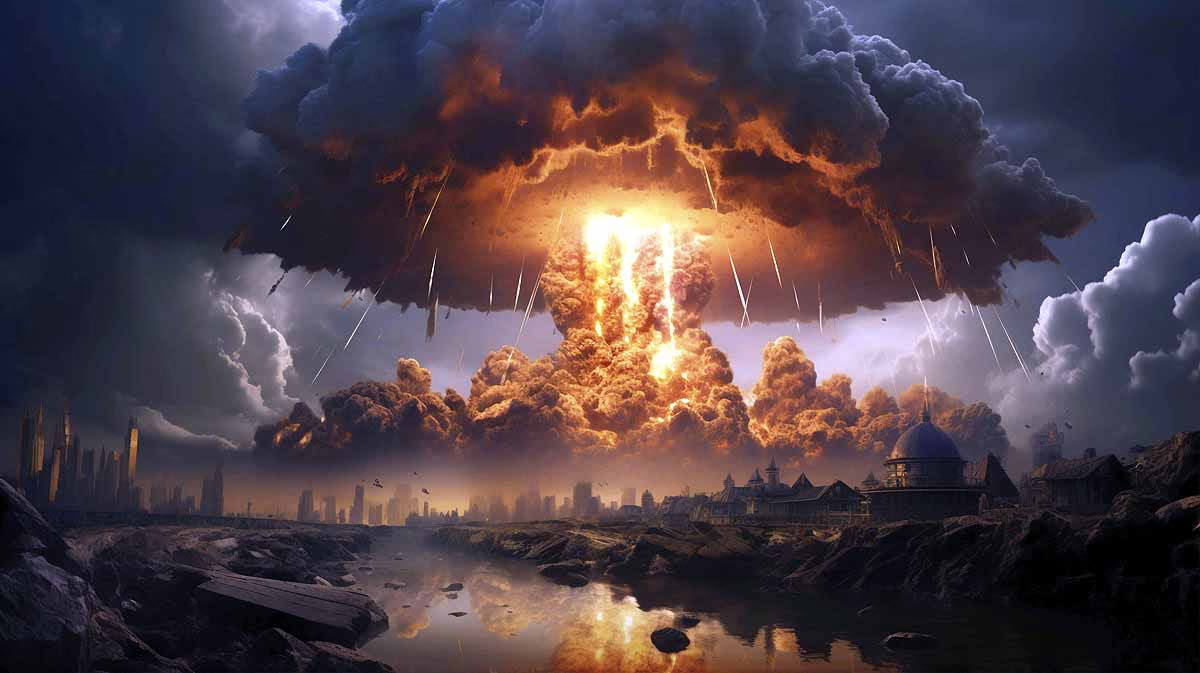
Source: aajtak
Russia: Approximately 5,580 nuclear weapons, with 1,710 deployed on missiles, submarines, and bombers. The remainder are reserved or retired.
USA: Roughly 5,428 nuclear weapons, with 1,644 actively deployed, ready on missiles and bombs.
Both nations are nearly equal in weapon count, yet minor differences exist in combat-ready arsenals. Russia holds a slightly larger stockpile, but America has focused more on modernization.
Missile Power: Who Leads?
In any nuclear conflict, missiles are the backbone. Here's what both have...
Read more:
Russia's Missiles
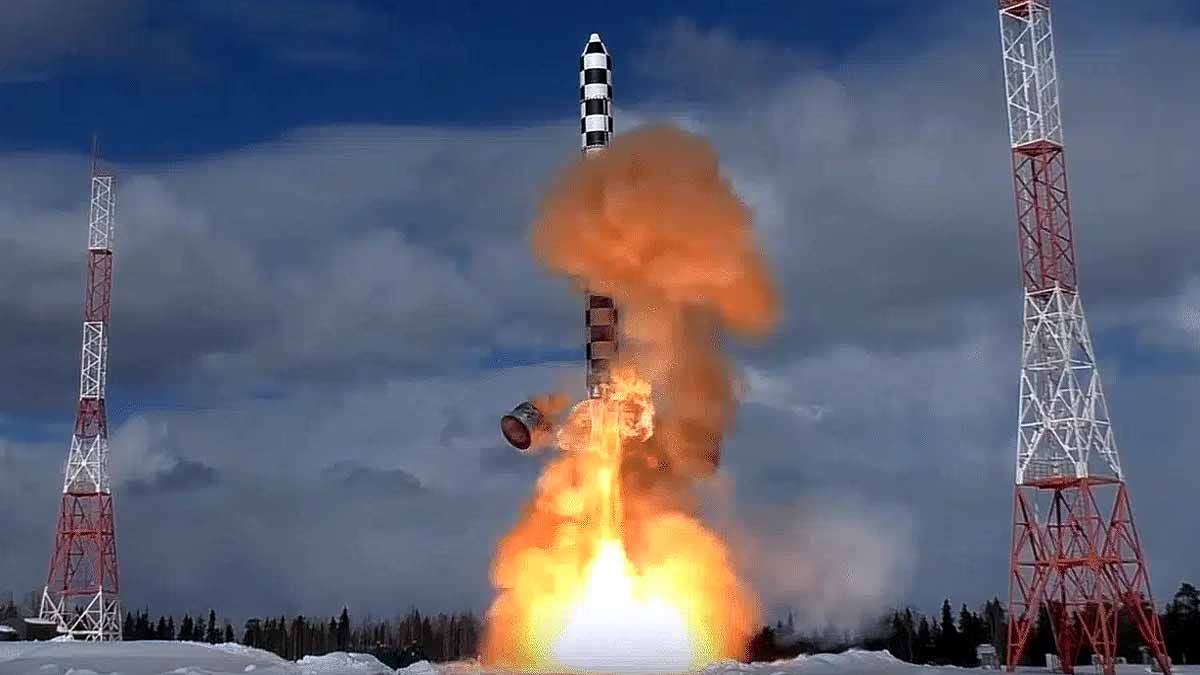
Source: aajtak
RS-28 Sarmat (Satan-2): A hypersonic ballistic missile reaching 18,000 km with a speed of 24,500 km/h, capable of targeting multiple locations simultaneously.
RS-24 Yars: This missile boasts a 12,000 km range and can unleash a 200-kiloton blast. Russia has 63 mobile and 10 silo launchers.
Though fast and accurate, Russia's missile tech is slightly outdated.
America's Missiles

Source: aajtak
Minuteman III: This missile spans 10,000 km, flying at 28,200 km/h, capable of supporting a 475-kiloton warhead.
Sentinel ICBM: A new generation missile capable of destroying satellites in space, recently tested successfully.
America's missiles are modern and boast superior technology, keeping them ahead of Russia.
Both nations' missiles can easily reach the other, yet America's newer missiles and accuracy are considered superior to Russia's.
Read more:
Bombs: Which is Most Fearsome?
Nuclear bombs' power is measured in megatons (million tons of TNT). Here's a comparison...

Source: aajtak
Russia's Tsar Bomba: A 50-megaton weapon, 3,300 times stronger than the Hiroshima bomb (15 kilotons). Now retired, yet its legacy looms.
America's B-41: A 25-megaton hydrogen bomb developed in the 1960s, now miniaturized for missile deployment.
Technically, Tsar Bomba remains the most powerful, but America has more precision warheads.
Who Would Win a Nuclear War?
If these nations were to engage in nuclear warfare, who would triumph? The answer isn't clear-cut, as...
Mass Destruction on Both Sides:
Their arsenals are so vast that they could obliterate each other. If all weapons were deployed, millions would perish, and the Earth's environment would suffer tremendously (nuclear winter).
Russia's Edge:
Russia's slight advantage lies in its larger stockpile and fast-striking missiles. An initial strike could provide an early lead.
Read more:
America's Advantage:
The USA prides itself on superior technology, satellites, and defenses (like air defenses) that surpass Russia's. New missiles and submarines pose significant threats to Russia. Moreover, NATO alliances bolster America's position.
Most experts contend that nuclear war yields no victors. The damage would be too great for any party to truly claim victory.
Other Factors to Consider:
Submarines: Both possess nuclear submarines capable of stealthy attacks. The US's Ohio-class and Russia's Yury Dolgoruky submarines are formidable.
Strategy: While a first strike might provide some advantage, a retaliatory strike could obliterate all gains.
Human Cost: Estimates suggest 100-200 million casualties on the first day. Survivors would face disease and famine.
Implications for India:
India imports oil and arms from Russia, and technology from the USA. Should war break out, India's economy and security would be severely affected. Our stance should remain neutral, advocating for peace.
